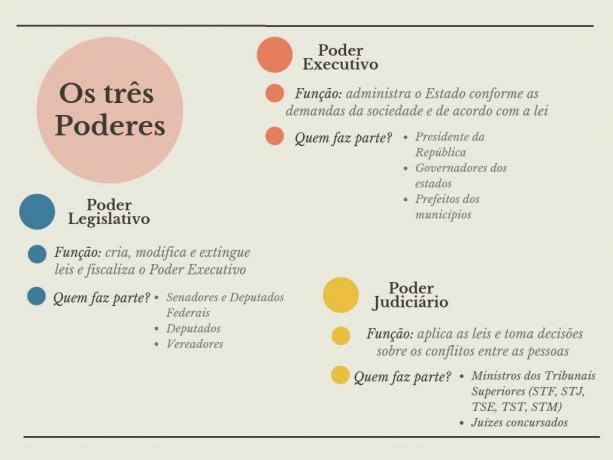A writ of mandamus (MS) is a type of legal action used to protect a right who has been violated or is under threat from an abuse of power by a public authority.
A writ of mandamus is also called a writ of mandamus, considered a constitutional remedy.
Constitutional remedies are legal tools used to protect rights that are guaranteed in the Federal Constitution.
The writ of mandamus is provided for in the Constitution as a fundamental right. In addition, the warrant has its own law that defines its application: law nº 12.016/09, known as the Security Mandate Law.
What is the writ of mandamus for?
The writ of mandamus is used to ensure a net right of the individual. The liquid and certain right is the right that can be easily proven, without the need for the judge to assess more extensively whether the action is appropriate or not.
The writ of mandamus can be used whenever a person has a right violated by an authority or if he has reasons that make him believe that he may have a right violated.
The purpose of the action is to get a court order, the warrant. It can be ordered on behalf of a person (individual writ of mandamus) or on behalf of a group (collective writ of mandamus).
See an example of using a writ of mandamus:
When a candidate for a public examination is prevented from taking a test or from taking office for any reason that violates his or her right. In this case, he can use the writ of mandamus to ask the court for his right to be guaranteed.
How does the action work?
The action must be taken by a lawyer and the petitioner for the writ of mandamus has a period of 120 days to file the claim in court. The period starts from the day on which the person had access to the information or the result of the act that caused damage to their right.
The writ of mandamus must always be against any act that is the responsibility of a public authority. The warrant also applies to legal entities that perform any activity that is a public function.
The authority against whom the warrant is made is called the authority filed. Whoever files the lawsuit is called petitioner.
It is important to know that in the initial petition (document that initiates the process) the evidence must be presented that the right that must be protected is liquid and certain, that is, it is necessary to buy the existence of the right.
In some cases, to speed up the process, it is possible to request a injunction. The function of the injunction is to provide early protection to the person's right until the process is judged and comes to an end. If the injunction is granted by the judge, the right will be protected until the end of the process.
Types of writ of mandamus
Repressive writ of mandamus
A writ of mandamus is called repressive when it is used after a citizen's right has already been violated by an illegal act committed by a public authority.
The purpose of the repressive warrant is to correct the situation that was caused by the abuse of power and return to the citizen the right that was harmed.
Preventive writ of mandamus
The preventive writ of mandamus is requested before the violation of the right takes place, in order to prevent an illegal act from causing damage to a right. Thus, to try to prevent a right from being violated, the citizen can use the preventive injunction.
To be able to file a preventive writ of mandamus, it is necessary to prove that the right is about to be violated.
See also the meanings of habeas corpusandhabeas data.

